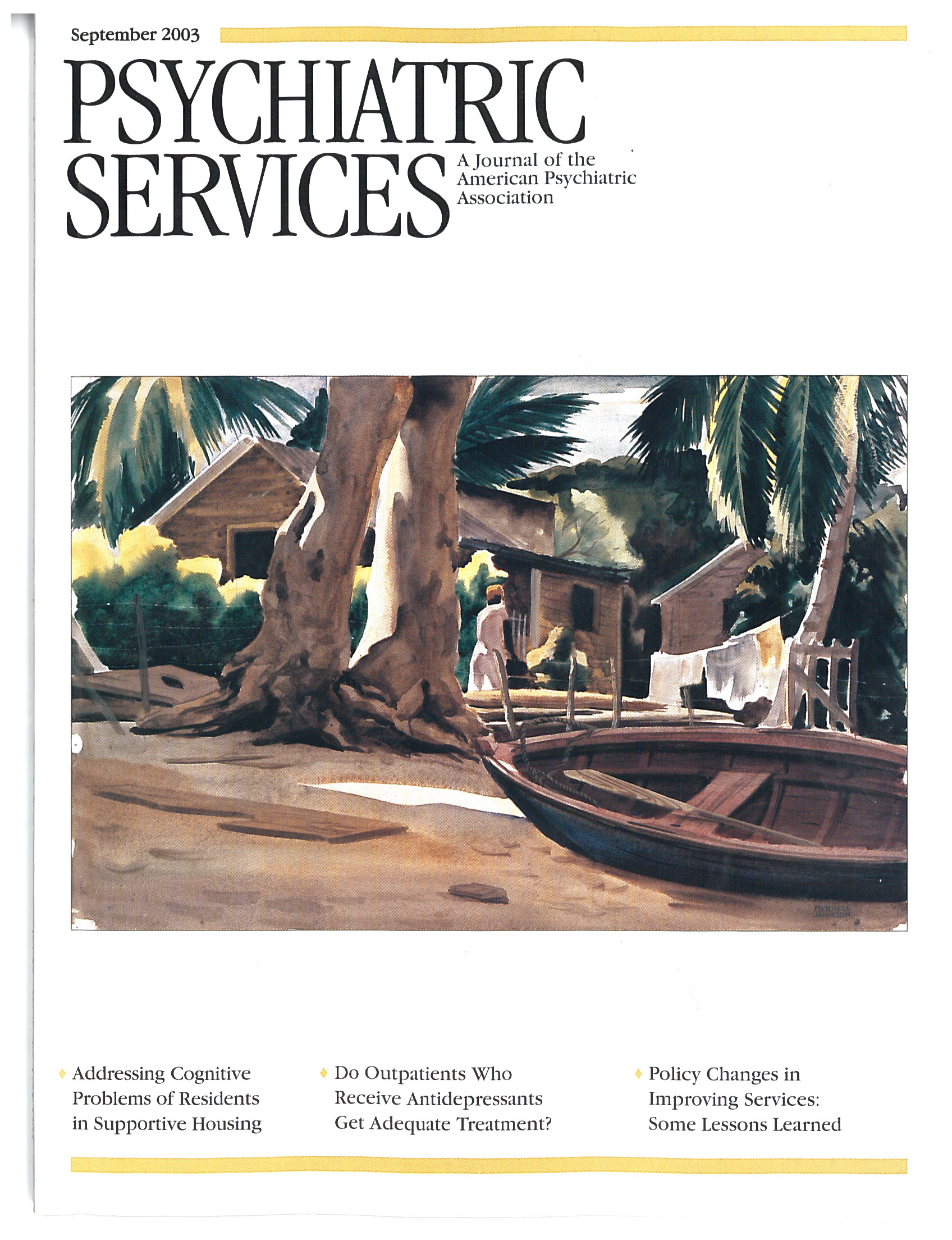Pediatric Emergency Department Assessment of Psychological Trauma and Posttraumatic Stress
Abstract
OBJECTIVES: This study aimed to describe the kinds of stressors and the extent of symptoms of posttraumatic stress disorder (PTSD) that were reported by children and their parents in a pediatric emergency department and to examine the response rate to an emotional trauma questionnaire in this setting. METHODS: Three self-report questionnaires were given to patients aged eight to 21 years and to their primary caretakers: a brief assessment of service use, the Posttraumatic Stress Reaction Index (PTSRI), and the Impact of Event Scale (IES). RESULTS: Sixty-four of 81 families who were approached agreed to participate (consent rate of 79 percent), and 62 completed the questionnaires. Fifty-six patients reported at least one event that met DSM-IV-TR criteria for emotional trauma. The average number of reported events per child was 3.14 (range, 0 to 7). Eighteen patients met threshold criteria for severity of PTSD symptoms. Twenty-five patients reported that the most distressing traumatic event that they experienced was related to a medical illness. Patients with PTSD reported exposure to more adverse life events than patients without PTSD. IES scores reported by caretakers who identified the same event as their child as the most stressful were as high as those of caretakers who reported a different event as the most stressful. CONCLUSIONS: Exposures to emotionally traumatic events and PTSD symptoms are commonly reported in the pediatric emergency department. Asking children and their parents about their history of emotional trauma when they visit the emergency department is possible and can be well received.



